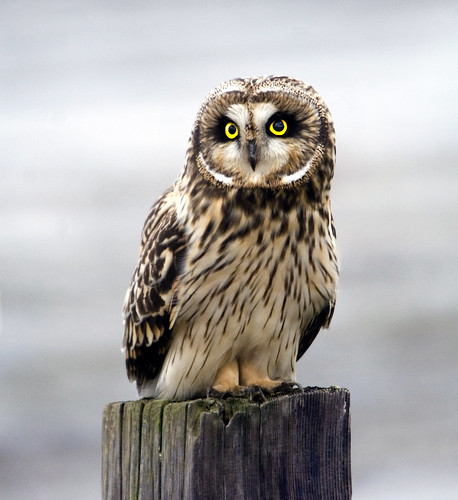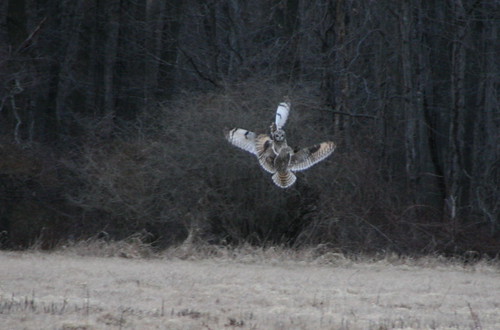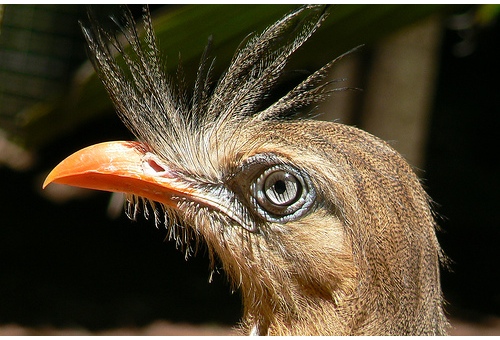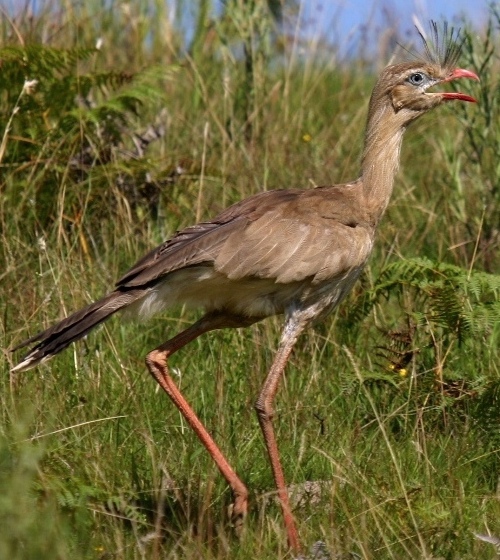I sometimes dream about birds. Particularly, I dream about rare birds turning up suddenly in my garden.
And my subconscious aims high; I dream about mixed flocks of parrots and hornbills which, in dream-logic, have been caught up in some extraordinary freak weather system and blown from all corners of the world to turn up together in suburban London.
These are nice dreams, I suppose, but they also carry a whiff of anxiety. The panicky feeling of trying to find and positively identify an exciting new bird, which, being a bird, is liable to fly away.
I remember three birds from last night. There was some kind of pipit with a yellow flush along each side of a strongly streaked breast. There was a large, black and white booby which was flying against a window with the mechanical aimlessness of a badly-programmed computer game character that reaches a wall and just keeps walking on the spot. And there was one identifiable species; a hawfinch:
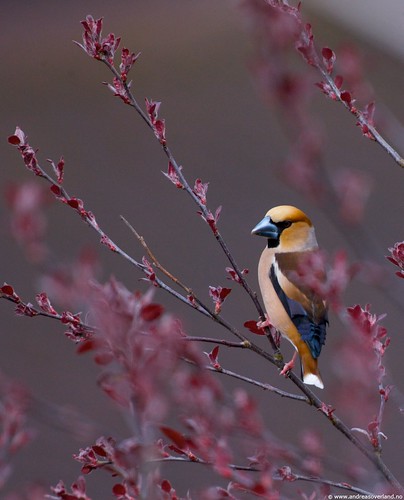
A booby turning up in my garden would be preposterous. A hawfinch would just be staggeringly unlikely; they do breed in Britain, and they clearly come to birdtables in some places:
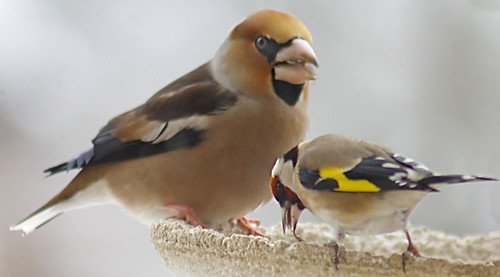
Look at that beak, big enough to crack open cherry stones. What a bird.
» Hawfinch is © Andreas Øverland and used under the CC Attribution licence. Hawfinch 3 is © Max Westby and used under the CC by-nc-sa licence.

